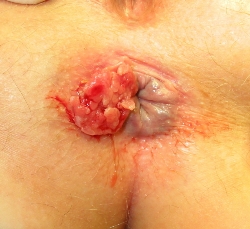No longer will you have to fear hemorrhoid treatment — Infrared coagulation (IRC) of hemorrhoids is a fast and effective non-surgical solution.
A hemorrhoid is a common illness that numerous Minnesotans suffer from. It is estimated that more than 10 million people in the United States suffer from hemorrhoids. Approximately three out of four people will develop hemorrhoids at some time in their lives. Dr. Steven Shu, an office proceduralist, commonly treats hemorrhoids and can quickly alleviate your pain.
While many people associate hemorrhoids with painful surgery, only a small percentage of patients actually require surgery. A fast and simple office procedure has taken the fear out of hemorrhoid treatment. The majority of hemorrhoids patients are good candidates for non-surgical treatment, or Infrared coagulation (IRC).
What is Infrared Coagulation (IRC) of Hemorrhoids?
Infrared Coagulation (IRC) is a safe, fast, and effective solution for hemorrhoids. It is approved by the FDA for the treatment of hemorrhoids. This office-based procedure takes just a few minutes and uses infrared light to treat symptomatic internal hemorrhoids. Therefore, IRC has quickly become the most widely used office procedure for hemorrhoids and is preferred over other methods because it is fast, effective, well-tolerated by patients, and rarely has complications.
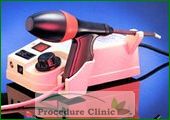
A small light probe contacts the area above the hemorrhoid complex under direct view, exposing the tissue to a burst of infrared light for about one second. This coagulates the veins above the hemorrhoid, causing it to shrink.
Since the hemorrhoids are located in an area that is full of sensitive somatic nerve endings (same as the nerves in skin), it is too painful to coagulate the hemorrhoids directly because they are too close to the opening of the anus. Fortunately, many small veins that feed the hemorrhoids lie in an area that is supplied with sympathetic nerve endings, which is not as sensitive as the somatic nerves in skin.
With IRC, your doctor can effectively coagulate the insensitive area right above the hemorrhoids and destroy these small veins. In this way, the sensitive and painful area is avoided, and IRC becomes a very tolerable treatment.
By destroying these small veins with IRC, it stops the flow of blood to the varicose veins of hemorrhoids, just like blocking many small rivers will dry up a large lake.
IRC offers major advantages to patients over previous hemorrhoid treatment methods:
• Fast, simple, and safe solution
• No anesthesia required
• No special preparation needed
• No recovery time after treatment
• Clinically proven results
• Covered by all major insurance companies
Who are the Best Candidates for Infrared Coagulation (IRC)?
Infrared coagulation can be used to treat the early stages of hemorrhoids, and it is most effective in grade 1-2 hemorrhoids. If you’re suffering from irritating internal hemorrhoids that continue to cause itching, discomfort, pain, bleeding and other symptoms, and it does not respond to conservative self-management, IRC treatments might be a good solution.
How is Infrared Coagulation Procedure Performed?
Before IRC procedure is performed, Dr. Shu gently inserts the anoscope (a very short, 3-4 inch rigid metal tube), then uses a handheld device that creates an intense beam of infrared light to touch the mucosa above the hemorrhoids, exposing the hemorrhoid tissue to a quick pulse of infrared light. The heat from the infrared light burns 4-5 spots in the targeted area, coagulating the vein above the hemorrhoids.
The resulting scar tissue cuts off the blood supply to the hemorrhoid venous complex. This causes the hemorrhoid complex to shrink and die. It may take a few weeks for all the hemorrhoids to shrink completely. Moreover, the scar tissue acts to hold nearby hemorrhoid veins in place so they don’t bulge into the anal canal easily and become hemorrhoids as you age.
Each IRC treatment only takes a couple of minutes. You may need as many as four separate treatment sessions every two weeks to cover all the areas where hemorrhoids appear, but this depends on each individual case and how extensive your hemorrhoids are.
What is the Recovery Time of Infrared Coagulation Procedure?
After the IRC procedure, you may feel mild discomfort in the anus and the urge to have a bowel movement sometimes. You are able to resume normal everyday activities immediately afterward. Typically, there are no post-treatment effects. However, there may be slight spot bleeding a few days later, but heavy rectal bleeding is extremely rare. Avoid heavy straining, lifting, and aspirin. If you notice significant rectal bleeding, you should call your doctor’s office.
You may use Tylenol as needed and take a warm sitz bath daily to relieve discomfort. A stool softener, fiber, and water will help ease your bowel movement while you heal.
Dr. Shu has had extensive experience in treating hemorrhoids with non-surgical IRC treatments in the past two decades, and he has successfully treated about two thousand hemorrhoids patients with almost ten thousand IRC treatments. Please call 952-922-2151 if you need help to treat your symptomatic hemorrhoids.
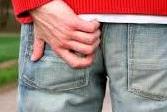 Causes of Anal Abscesses
Causes of Anal Abscesses When you think of medical conditions or illnesses related to Minnesotans, you may assume something along the lines of frostbite, pneumonia, dry skin, or just anything related to the state’s extremely cold winters. However, a study of the most frequently Googled health condition in every US state in the past year revealed that the Land of 10,000 Lakes is most concerned about…
When you think of medical conditions or illnesses related to Minnesotans, you may assume something along the lines of frostbite, pneumonia, dry skin, or just anything related to the state’s extremely cold winters. However, a study of the most frequently Googled health condition in every US state in the past year revealed that the Land of 10,000 Lakes is most concerned about…
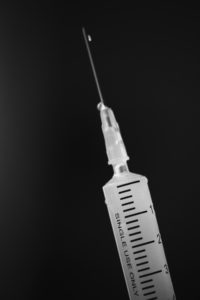 While Botox is often associated with battling wrinkles and fine lines on the face, the medication can actually be used in your…anal region. But not for cosmetic purposes, of course.
While Botox is often associated with battling wrinkles and fine lines on the face, the medication can actually be used in your…anal region. But not for cosmetic purposes, of course. Constipation is one of the most common bowel disorders affecting American adults, with roughly 20 percent of the population suffering from hard, painful stools. Defined as having fewer than three bowel movements per week for several weeks, constipation occurs when the colon absorbs too much water from the food passing through it, creating dry stool that’s extremely difficult to pass.
Constipation is one of the most common bowel disorders affecting American adults, with roughly 20 percent of the population suffering from hard, painful stools. Defined as having fewer than three bowel movements per week for several weeks, constipation occurs when the colon absorbs too much water from the food passing through it, creating dry stool that’s extremely difficult to pass. 3. Exercise more – Being more active is always beneficial to your health! Hitting the gym or simply going for a jog outside helps aid food breakdown and reduce the time it takes food to move through the large intestine. The less time food sits in your colon, the more water it retains to help ease stool passage later.
3. Exercise more – Being more active is always beneficial to your health! Hitting the gym or simply going for a jog outside helps aid food breakdown and reduce the time it takes food to move through the large intestine. The less time food sits in your colon, the more water it retains to help ease stool passage later. Although the exact causes of skin tags are unclear, they usually result from one or more of the following:
Although the exact causes of skin tags are unclear, they usually result from one or more of the following: The average American spends over five hours per day scrolling through Instagram feeds, checking Twitter, answering emails and texts, and watching Netflix—all via smartphone devices and, more often than not, while sitting. Add in the extra layer of using these mobile devices during bathroom trips, and most of us have significantly increased our risk of developing hemorrhoids.
The average American spends over five hours per day scrolling through Instagram feeds, checking Twitter, answering emails and texts, and watching Netflix—all via smartphone devices and, more often than not, while sitting. Add in the extra layer of using these mobile devices during bathroom trips, and most of us have significantly increased our risk of developing hemorrhoids.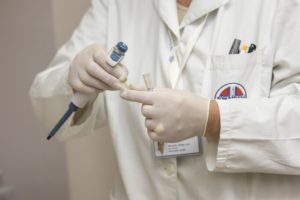 Your doctor will then insert a light-equipped device called an anoscope into your lower gastrointestinal tract via the anus. An anoscope is a small, hollow, rigid tube roughly 3-5 inches long and 2 inches wide and is usually coated with a jelly-like substance to help ease insertion. While the device is being inserted, your doctor may also ask you to clamp and relax your internal muscles to help with the placement of the anoscope.
Your doctor will then insert a light-equipped device called an anoscope into your lower gastrointestinal tract via the anus. An anoscope is a small, hollow, rigid tube roughly 3-5 inches long and 2 inches wide and is usually coated with a jelly-like substance to help ease insertion. While the device is being inserted, your doctor may also ask you to clamp and relax your internal muscles to help with the placement of the anoscope. Yes, you read that correctly—elephant foot yam is loaded with potential medicinal benefits and may even improve hemorrhoidal symptoms. This alternative medicine has long been used in Ayurveda, a traditional system of medicine rooted in the Indian subcontinent whose practices have recently been globalized. Used to treat numerous conditions such as sperm quality, liver and spleen disorders, and hemorrhages, elephant foot yam just may be the next big home remedy for treating hemorrhoids as well.
Yes, you read that correctly—elephant foot yam is loaded with potential medicinal benefits and may even improve hemorrhoidal symptoms. This alternative medicine has long been used in Ayurveda, a traditional system of medicine rooted in the Indian subcontinent whose practices have recently been globalized. Used to treat numerous conditions such as sperm quality, liver and spleen disorders, and hemorrhages, elephant foot yam just may be the next big home remedy for treating hemorrhoids as well.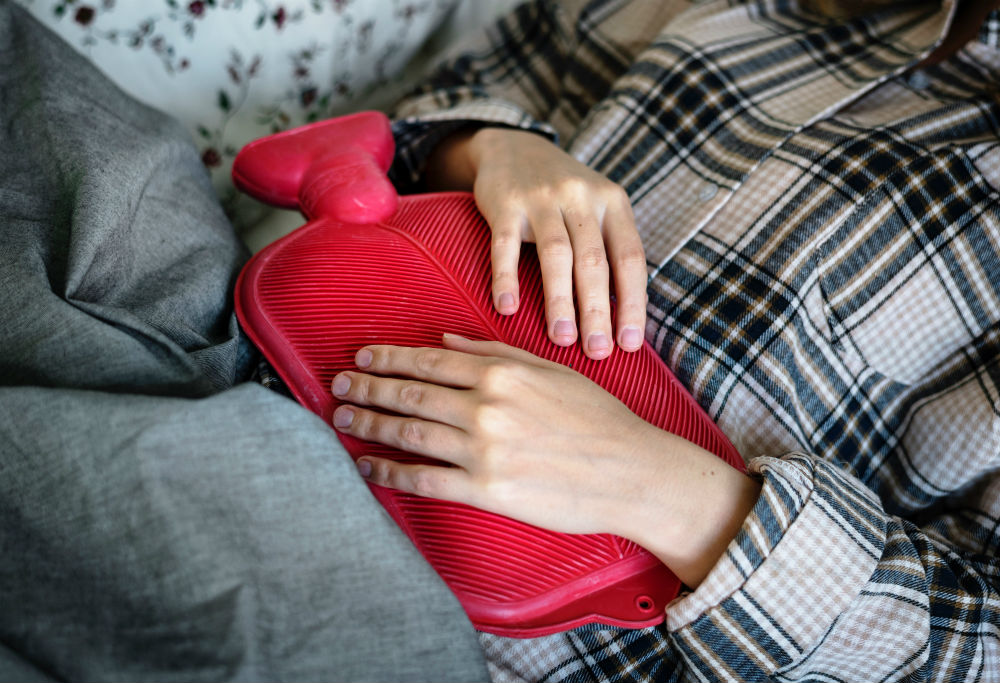 When considering
When considering 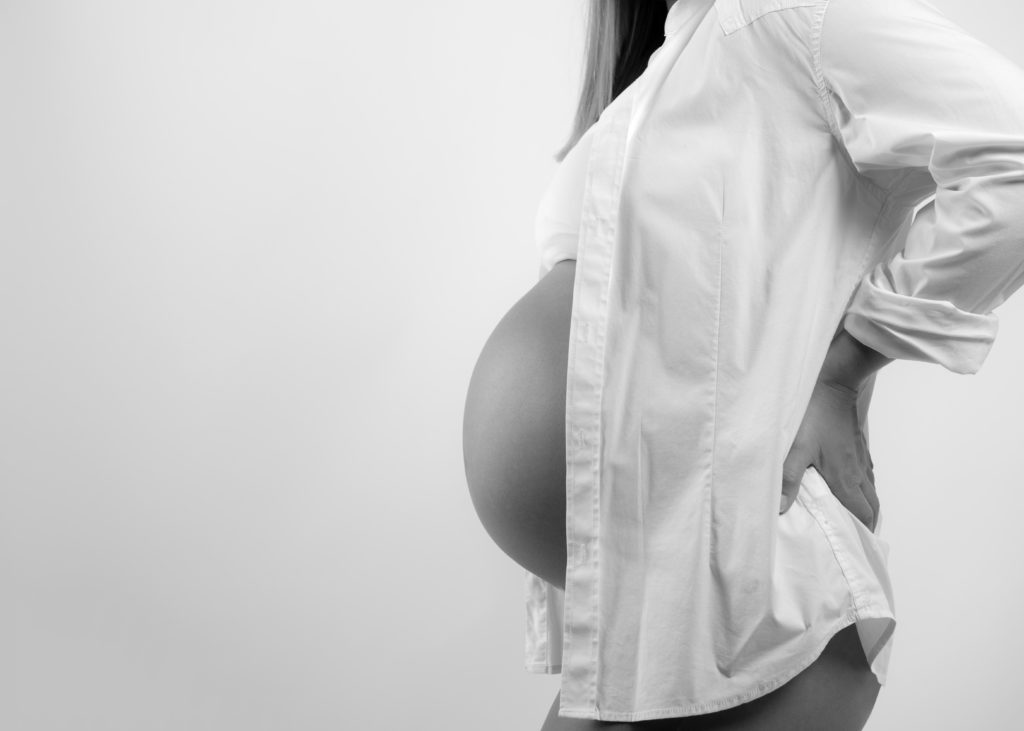
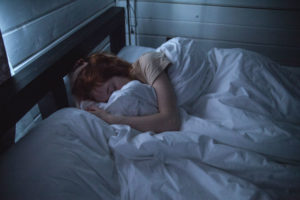 If you’ve ever experienced an itchy bum in the middle of the night, it’s quite an unpleasant sensation. Scratching the area may provide temporary relief, but the harshness of your nails ends up causing further irritation and damage to the already sensitive anal region.
If you’ve ever experienced an itchy bum in the middle of the night, it’s quite an unpleasant sensation. Scratching the area may provide temporary relief, but the harshness of your nails ends up causing further irritation and damage to the already sensitive anal region. While the term
While the term  Hemorrhoids, abscesses, fistulas, fissures, anal itching, rectal prolapse—with so many anorectal disorders out there, it’s hard to keep track of which is which. Two of these conditions, anal abscesses and anal fistulas, are closely linked to one another but can be easily distinguished via the guidelines below.
Hemorrhoids, abscesses, fistulas, fissures, anal itching, rectal prolapse—with so many anorectal disorders out there, it’s hard to keep track of which is which. Two of these conditions, anal abscesses and anal fistulas, are closely linked to one another but can be easily distinguished via the guidelines below. Bleeding from your rectum or anus is never a pleasant experience, and it can understandably cause immediate panic. Generally, bright red blood indicates bleeding in the lower rectum, while dark red blood indicates bleeding from deeper and further up in the body. While passing dark red blood is usually a sign of digestive bleeding and requires immediate attention,
Bleeding from your rectum or anus is never a pleasant experience, and it can understandably cause immediate panic. Generally, bright red blood indicates bleeding in the lower rectum, while dark red blood indicates bleeding from deeper and further up in the body. While passing dark red blood is usually a sign of digestive bleeding and requires immediate attention, 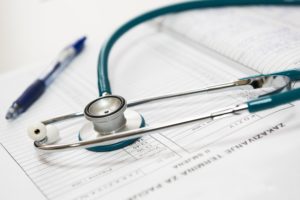 Because the symptoms of hemorrhoids and early-stage rectal/colon cancer are very similar, people often confuse and, at times, misdiagnose the two conditions. Since the treatment method for each condition is vastly different, it’s important to know how to differentiate hemorrhoids from rectal cancer and proceed with the appropriate treatment options.
Because the symptoms of hemorrhoids and early-stage rectal/colon cancer are very similar, people often confuse and, at times, misdiagnose the two conditions. Since the treatment method for each condition is vastly different, it’s important to know how to differentiate hemorrhoids from rectal cancer and proceed with the appropriate treatment options. Anoscopy is a simple medical procedure that can help your doctor identify an abnormality in your anus and distal rectum.
Anoscopy is a simple medical procedure that can help your doctor identify an abnormality in your anus and distal rectum.